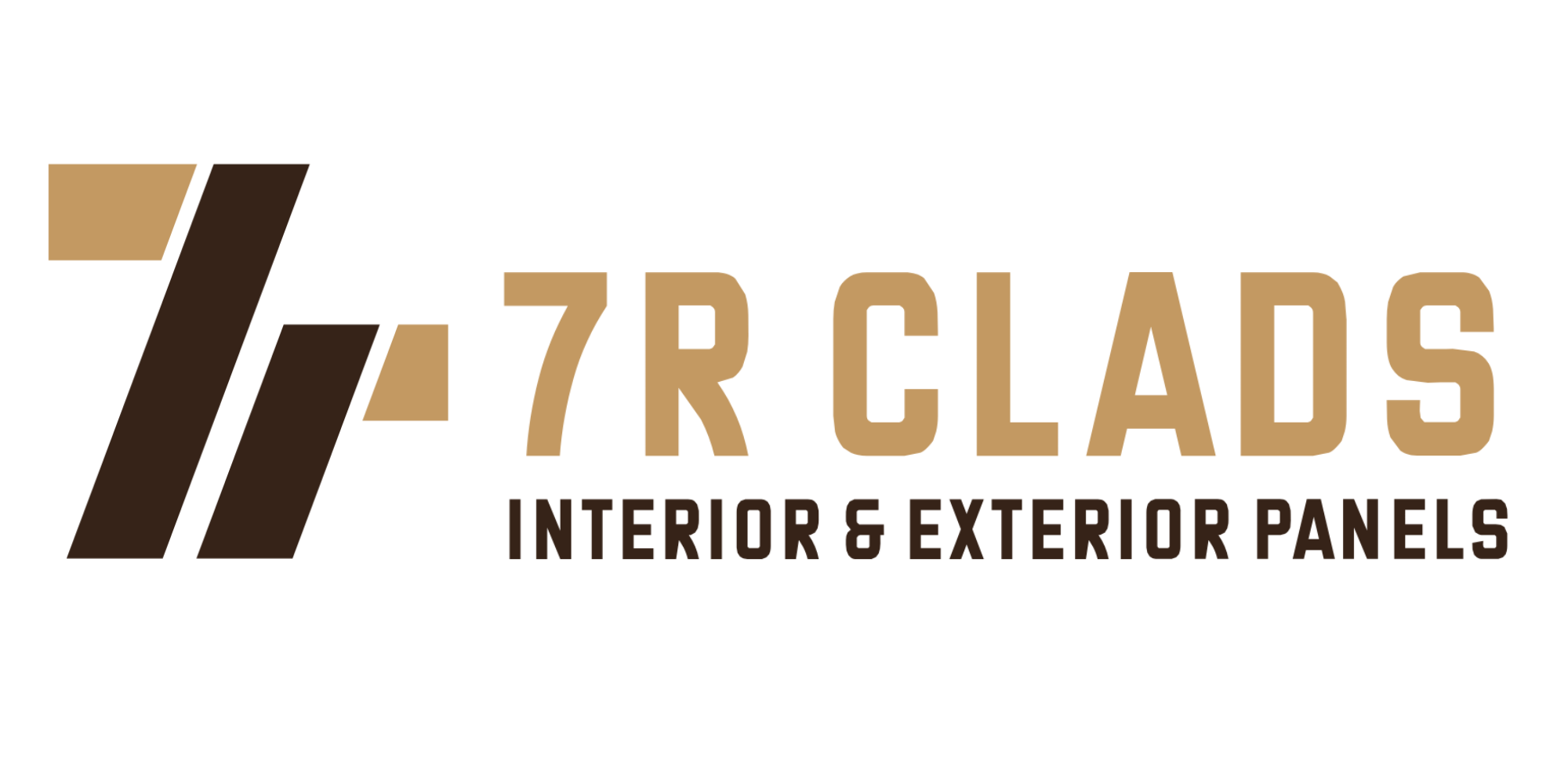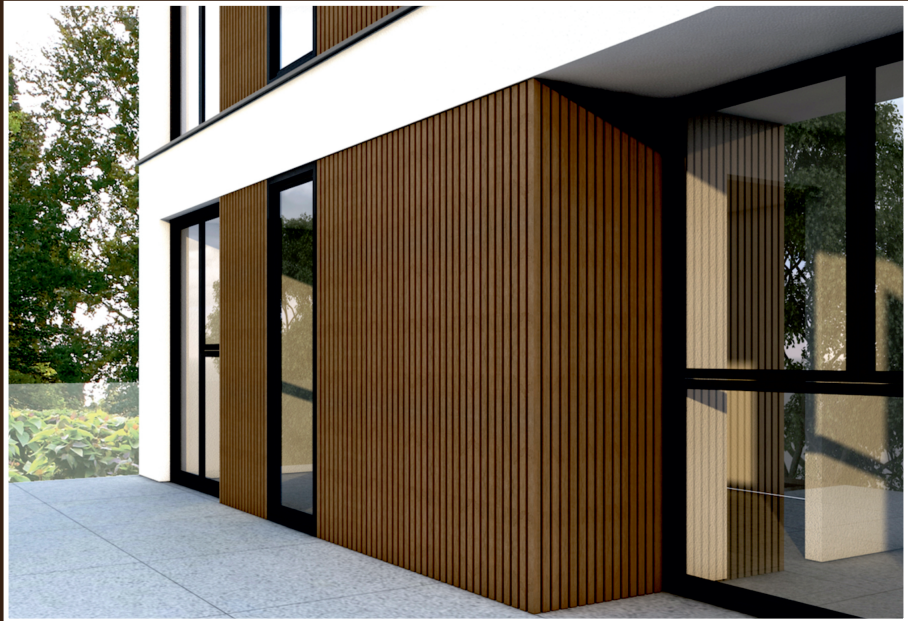Introduction: Innovation in the constantly changing field of construction materials continues to yield solutions that blend sustainability, durability, and aesthetics. The Wood Plastic Composite (WPC) panel is one example of such innovation. Thanks to these special qualities and range of uses, WPC wall panels are transforming the interior design and construction sectors. We shall examine the definition of WPC Panels their advantages, and their numerous applications in this blog.
Understanding WPC Wall Panels
WPC stands for Wood Plastic Composite, a material made by blending natural wood fibers with plastic polymers. This combination results in a composite that retains the natural appearance of wood while gaining enhanced strength and durability from the plastic component. A WPC panel is typically comprised of 60% wood fiber, 30% plastic, and 10% additives. These additives include colorants, stabilizers, and lubricants.
How WPC Wall Panels Are Made
The manufacturing process of WPC panels involves the following steps:
- Raw Material Preparation: Wood fibers or flour and plastic (usually recycled) are the primary raw materials.
- Mixing: Manufacturers mix the wood fibers and plastic with additives.
- Extrusion: The mixture is then fed into an extruder, where it is heated and molded into panels.
- Cooling: The hot, extruded panels are cooled to solidify their shape.
- Finishing: Finally, they cut the cooled panels to the desired dimensions and perform surface finishing processes to improve their appearance and texture.
Benefits of WPC Wall Panels
- Durability: There are highly resistant to moisture, rot, and decay, making them suitable for both indoor and outdoor applications.
- Low Maintenance: Unlike natural wood, there do not require regular painting, staining, or sealing. They can be easily cleaned with water and mild detergent.
- Eco-Friendly: Made from recycled materials, WPC panels are an environmentally sustainable choice. They also reduce the need for deforestation by utilizing wood waste.
- Aesthetic Appeal: These panels can mimic the appearance of natural wood, stone, or other materials, offering a wide range of design possibilities.
- Weather Resistance: WPC panels are resistant to UV rays, temperature fluctuations, and harsh weather conditions, ensuring long-term performance.
- Termite Resistance: Unlike natural wood, WPC wall panels are impervious to termite attacks, adding to their longevity.
- Versatility : These panels can be used in a variety of applications, from interior wall cladding to exterior decking and fencing.
Applications of WPC Wall Panels
- Exterior Cladding: People commonly use WPC panels for exterior wall cladding, creating a stylish and weather-resistant facade for buildings.
- Decking: WPC decking is a popular choice for outdoor spaces such as patios, balconies, and garden pathways due to its slip resistance and durability.
- Fencing: There are ideal for creating sturdy and attractive fences that require minimal maintenance.
- Wall Panels : You can use it to enhance the interior walls of homes, offices, and commercial spaces, creating a modern and sophisticated look.
- Ceilings: People also use them for ceiling applications, adding a touch of elegance and reducing maintenance requirements.
Conclusion
There represent a significant advancement in building materials, offering a perfect blend of aesthetics, durability, and sustainability. Their versatility makes them suitable for a wide range of applications, from exterior cladding and decking to interior wall panels and furniture. By choosing WPC wall panels, you not only enhance the beauty and functionality of your space but also contribute to a more sustainable and eco-friendly future.
Homeowners and builders can benefit from using WPC panels for upgrading living spaces or seeking durable materials. They are a great choice. Embrace the benefits of WPC and transform your environment with this modern, resilient, and environmentally conscious material.

